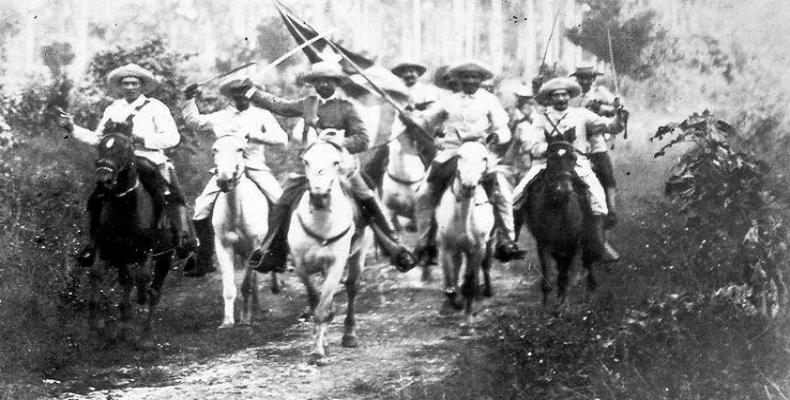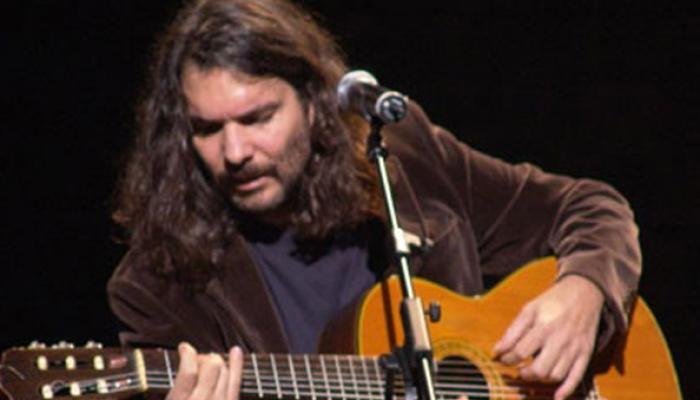
Mambí or Liberation Army troops and cavalry fighting Spanish colonial rule in the 19th century
Havana, October 10 (RHC) -- A version of the song El mambí by Luis Casas Romero is circulating as a tribute to Cuban Culture Day, October 20, to mark the 152nd anniversary of Cuba’s National Anthem.
Broadcast on the country's radio network, the piece, which is a symbol of the Cuban nation, was performed by Santiago Feliú (1962-2014), one of the island’s most original singer-songwriters. With his own style, linked to rock, that gave rise to a language of audacious metaphors and novel melodies and harmonies, Santiago had the pleasure of revisiting a classic of the Cuban patriotic songbook, playing the guitar, as a testimony of his belonging to the singer-songwriters lineage on the island. He did so in the album Con olor a manigua (Colibrí label, cd 459, 2014), a project to which he was summoned by producer Rolando Montes de Oca, aided by outstanding poet, essayist and troubadour’s music lover Guillermo Rodríguez Rivera.

Santiago Feliú: one of the most oustanding Cuban singer-songwriters
In addition to the broadcasting of the piece, the Culture Ministry commissioned a video production to Roly Peña (director of TV shows, such as Duaba, LCB and U.N.O.) and Alejandro Pérez, specialized in the production of music videos, which not only rescues Santiago's performance but also highlights the contemporaneity of the work and the importance of inserting it in the memory of the new generations.
El mambí was composed by Casas Romero (1882-1950) in 1912, and responds musically to one of the most frequent rhythmic patterns of Cuban song at that time, la criolla. The music existed at first, performed for the first time one night in March of that year in an improvised evening at the Casino Español, by Moisés Simmons, composer of El manisero, on the piano, Mexican violinist José Morone, and Casas Romero himself on the flute.
Later, to complete the literary tribute to the combatants who fought against Spanish colonial rule throughout the island, the composer encouraged young Havana poet Sergio La Villa (1891-1930) to write the lyrics that would make the tune a symbol of the country. In the composition, Casas Romero expressed an endearing experience, since he stopped his musical studies in Camagüey, his hometown, in order to join the Liberation Army troops with the resumption of the emancipation confrontation in 1895. During the war he was a first-rate cornet player in battles and was seriously wounded in one leg. His vast and rich musical legacy, consisting of some 500 pieces, plus the mark he left in the music scene and concert bands, also included radio broadcasting: he was responsible for the first radio broadcast in Cuba on August 22nd 1922. (Source: Granma)

